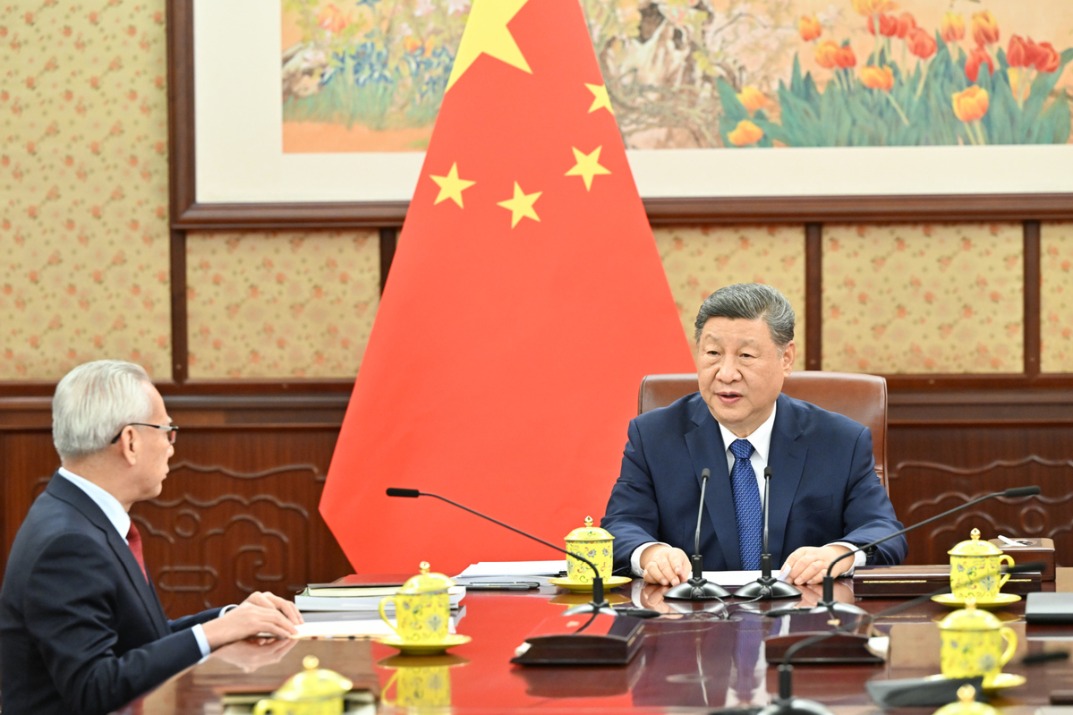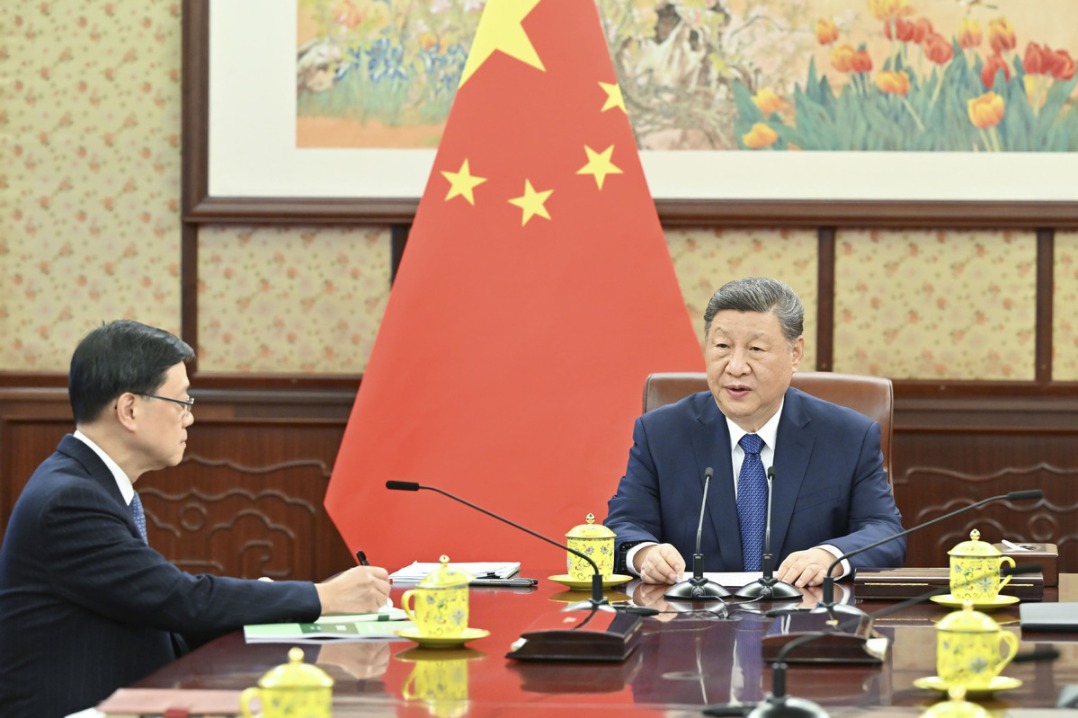2,000-year-old Protectorate of the Western Regions confirmed in Xinjiang
Xinhua | Updated: 2017-12-14 22:51
URUMQI -- After four years of archaeological study, an ancient city in Xinjiang Uygur Autonomous region has been basically confirmed as the former seat of the Protectorate of the Western Regions about 2,000 years ago.
"The city, largest among the 370 ancient cities unearthed in Xinjiang, was most likely the Protectorate of the Western Regions, the highest military and political authority set up in the region during the Eastern Han Dynasty (25 AD - 220 AD)," said Chen Ling from Peking University.
Located 22 km southwest of Xinhe County, Taqian, the so-called "Yuqikate" ancient city is mostly buried underground, except some sections of rammed earth walls.
Using multiple means of detection including remote sensing and exploratory drilling, archaeologists found that the city consisted of outer, middle and inner walls, with the outer rectangular wall measuring 1,471 by 800 meters.
Chen said such a large size was very rare for a city in the region, which demonstrated that the city was a significant center at the time.
Colored Han potteries were also unearthed. In 1928, well-known archaeologist Huang Wenbi discovered two seals issued by the Han dynasty.
Based on the city size, unearthed relics and literature, archaeologists from institutions in Xinjiang and Beijing have confirmed that the city was the Protectorate of the Western Regions during the Eastern Han Dynasty.
According to ancient literature, the Western Han Dynasty (202 BC- 8 AD) in 60 BC exercised military and administrative jurisdiction over the western regions by establishing the protectorate in Wulei.
Chen said the protectorate was later moved westward to Taqian some 200 km away, demonstrating enhanced control of the central government over the region.
























